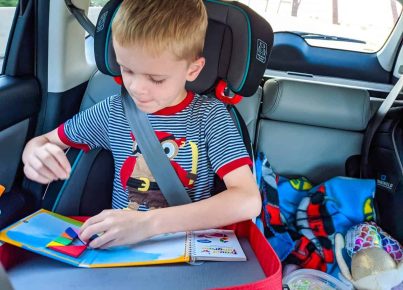Introduction
In recent years, there has been a growing understanding of the importance of inclusive practice in early childhood education. Inclusive practice aims to ensure that all children, regardless of their background or abilities, can participate and thrive within an educational setting. The Early Years PiP (Planning in the Moment) cards have been designed to support educators in implementing inclusive practices within their classrooms. This article will discuss the importance of inclusive practice and provide an overview of the 1.2 Inclusive Practice PiP card.
The Importance of Inclusive Practice
Inclusive practice is essential for numerous reasons, some of which include:
1.Promoting equality – By including all children and meeting their individual needs, educators help to break down barriers and foster an environment where all students are treated fairly.
2.Supporting diverse needs – Children come from various backgrounds and have unique abilities; therefore, accommodating these differences is crucial for their overall well-being and development.
3.Enhancing social skills – When children learn with diverse groups of peers, they develop important social skills like empathy, understanding, and cooperation.
4.Facilitating academic achievement – Research has shown that students in inclusive settings often perform better academically than those in segregated environments.
5.Boosting self-esteem – Inclusive practices empower all children to believe in their capabilities by focusing on strengths rather than weaknesses.
Early Years PiP Card 1.2: Inclusive Practice
The 1.2 Inclusive Practice PiP card serves as a tool for educators to evaluate and enhance their inclusive practices within early years settings. Some key aspects include:
1.Environment – Assessing whether the physical environment is safe, accessible, and adaptable for all children, considering mobility aids if required and ensuring clear signage.
2.Resources – Ensuring that appropriate resources are available to support each child’s learning needs and interests, including sensory materials, physical equipment, and learning materials that reflect diverse cultures and abilities.
3.Communication – Making use of visual aids, sign language, and simple language to communicate effectively with children of all abilities and backgrounds.
4.Planning – Engaging in ongoing assessment and planning to meet each child’s unique needs, ensuring their full participation in the learning process.
5.Collaboration – Partnering with other professionals, such as special education teachers or speech therapists, to support the specific needs of individual children.
6.Training – Providing ongoing professional development for educators to increase their understanding and implementation of inclusive practices.
Conclusion
Inclusive practice plays a vital role in ensuring that all children receive the support they need to grow and thrive within early years settings. The Early Years PiP cards, particularly 1.2 Inclusive Practice, provide valuable guidance for educators in implementing these practices, ultimately benefitting both students and teachers alike. By focusing on inclusion, we can foster a more equitable and successful future for all individuals.





